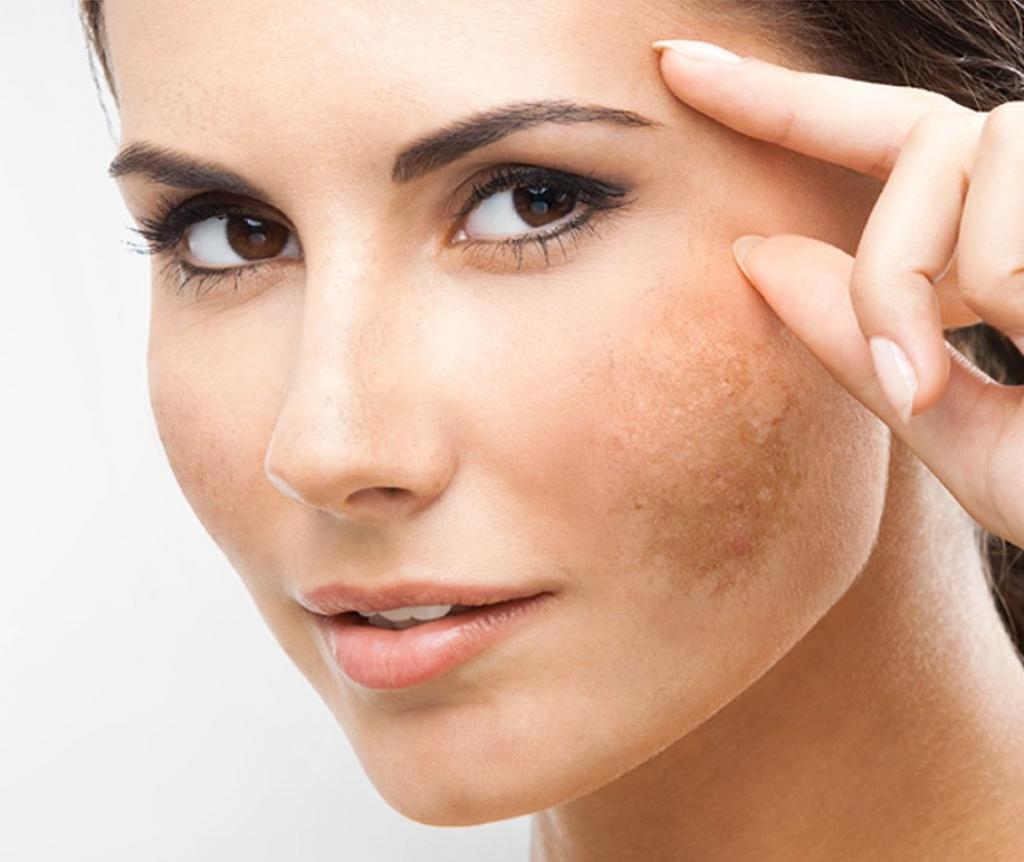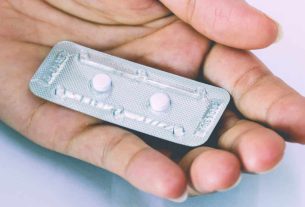Dark spots on the skin are always a very annoying problem. It is important to know the existing skin types and know how to treat them.
Dark spots on the skin really bother a lot of people. Which is understandable, since these brands can appear in different ways and with different characteristics.
These spots can appear on the face, hands, arms or other parts of the body that suffer from sun exposure, hormonal changes, acne or even skin wounds. In more serious cases, however, the spots may indicate skin cancer, that is, pay close attention to their characteristics.
If the spot increases in size, presents different colors or grows, you should go to the dermatologist so that he can examine it using a specific light. It is also recommended if the stain appears without a defined cause and is bothering you.
Dark spots on the skin
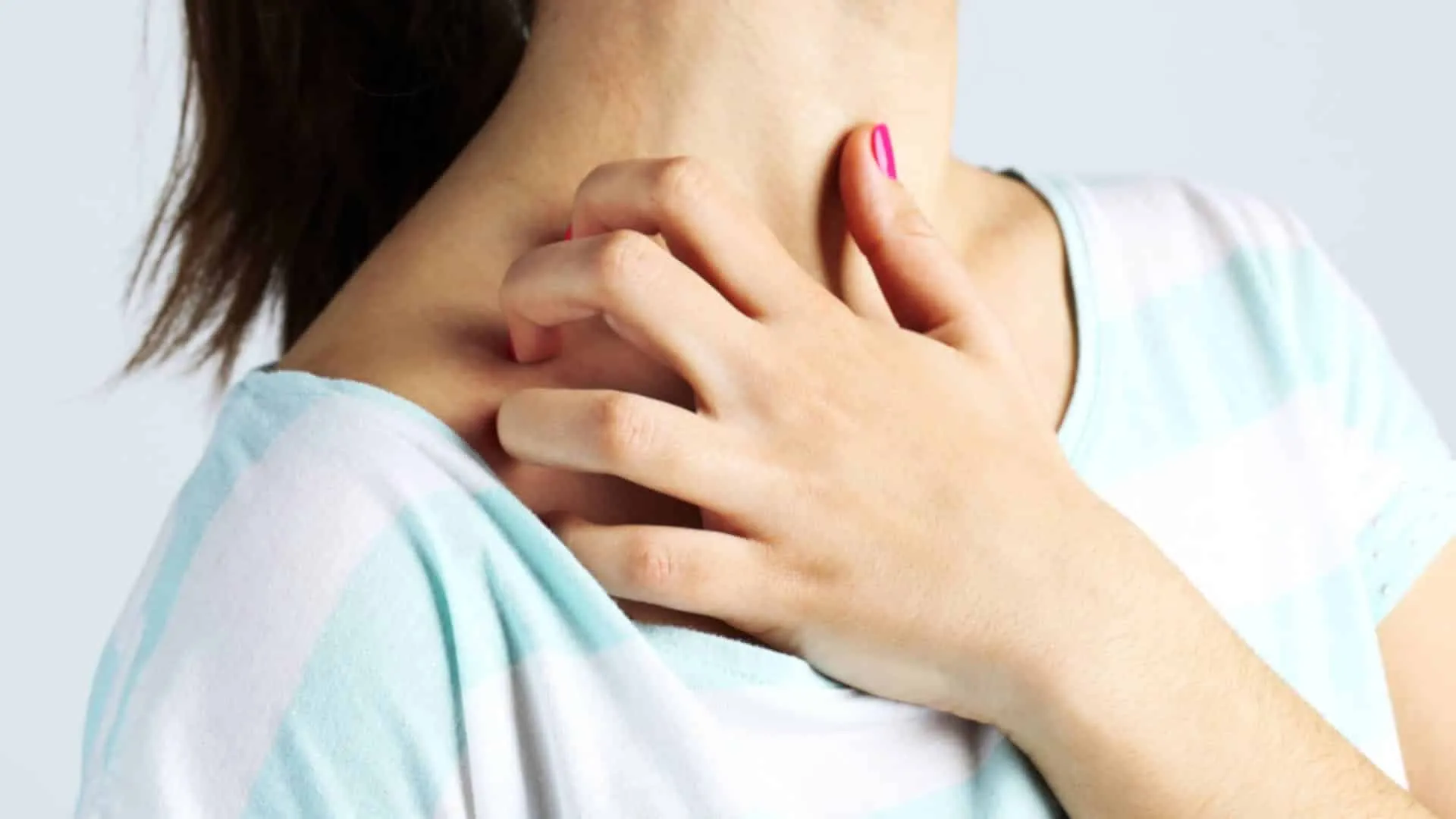
Acne spots
These dark spots on the skin are marks that end up remaining after the pimples heal. With the inflammatory process of acne and the person’s own tendency to produce melanin in the skin, post-inflammatory pigmentation ends up forming, better known as acne spots. They have different shades of color, such as purple, red or brown.
Melanoma
Various sizes, colors and textures are what manifest skin cancer. It is the rarest and most serious type of the disease. This type of mark can appear overnight or continue from an old mole or mole. Thus, it turns into a tumor. The main reason for this appearance is excess solar radiation on unprotected skin.
Freckles (Ephelides)
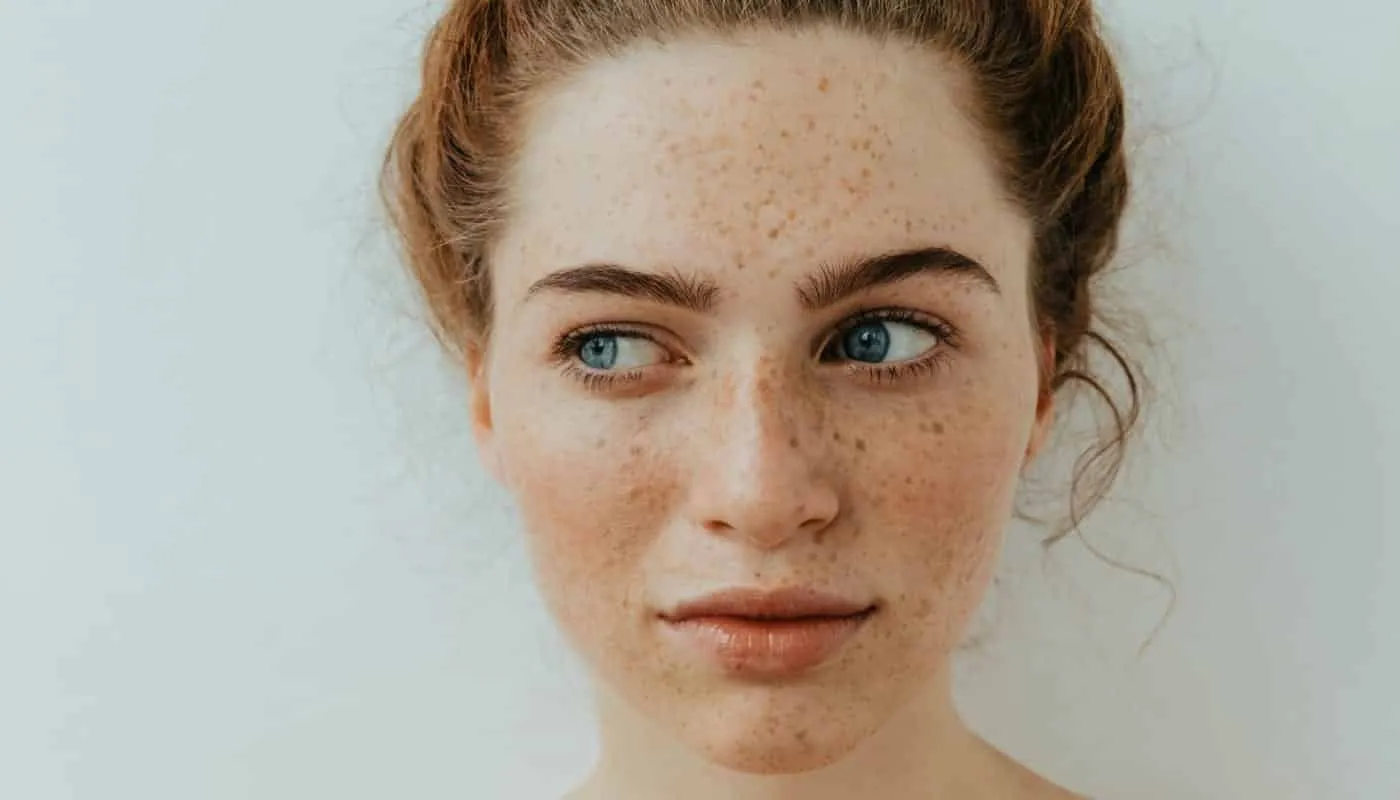
These are spots that appear in those who have a genetic predisposition, and mainly, for those who are sensitive to the sun. Freckles are small marks that are pigmented, in reddish or light brown tones. They appear in people with fair skin and redheads, primarily with lower skin types. They usually appear between 2 and 3 years of age, and increase during adolescence, but may partially disappear in adulthood.
Melasma
These are hormonal spots that appear either during pregnancy or when using contraceptives, which are caused by sun exposure. It is a mark with a dark, brown tone and generally appears on the face and some other parts of the body, such as arms, neck and chest. This problem arises because of the increased activity of melanocytes, which are melanin-producing cells.
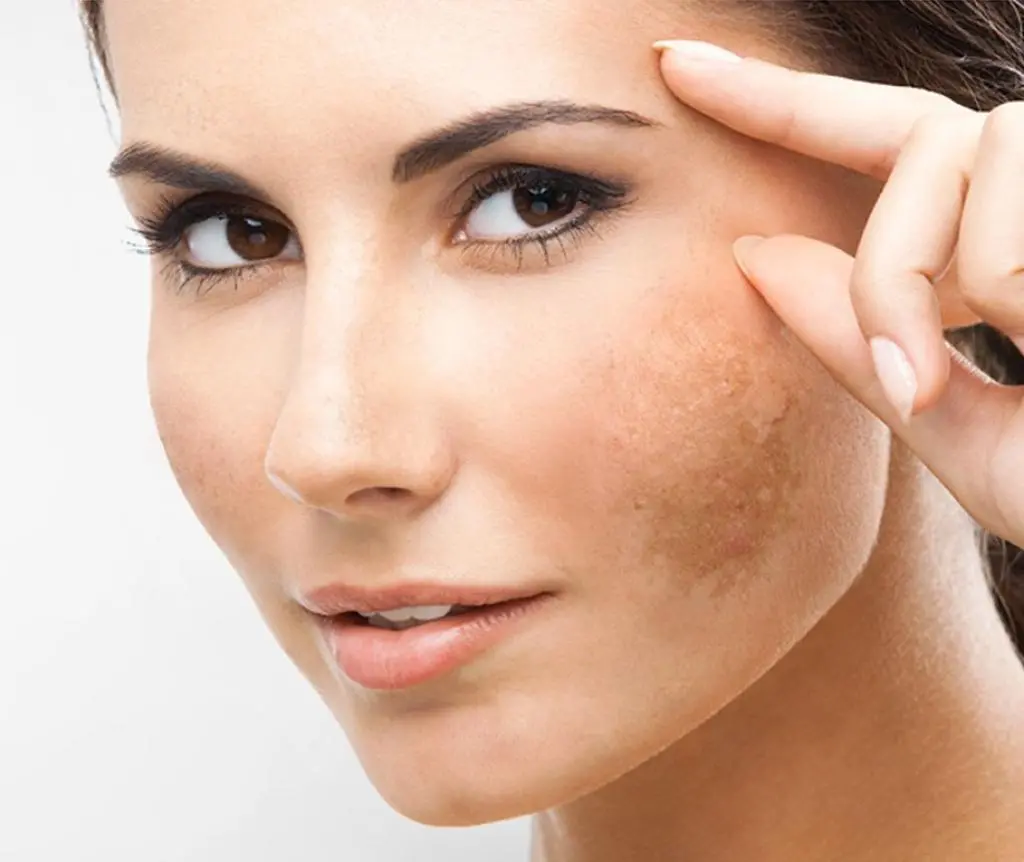
Melanose Solar
These are dark marks that appear on the skin due to the accumulation of sun damage over the years. They may appear all over the body, including more exposed areas such as: neck, arms, face and hands. These are common places for these spots to appear, starting at 40 or 50 years of age.
Seborrheic Keratosis
It is a tall, dark mole that appears on the skin as a result of the natural aging process and is normally benign and does not indicate any type of health danger.
Diabetes
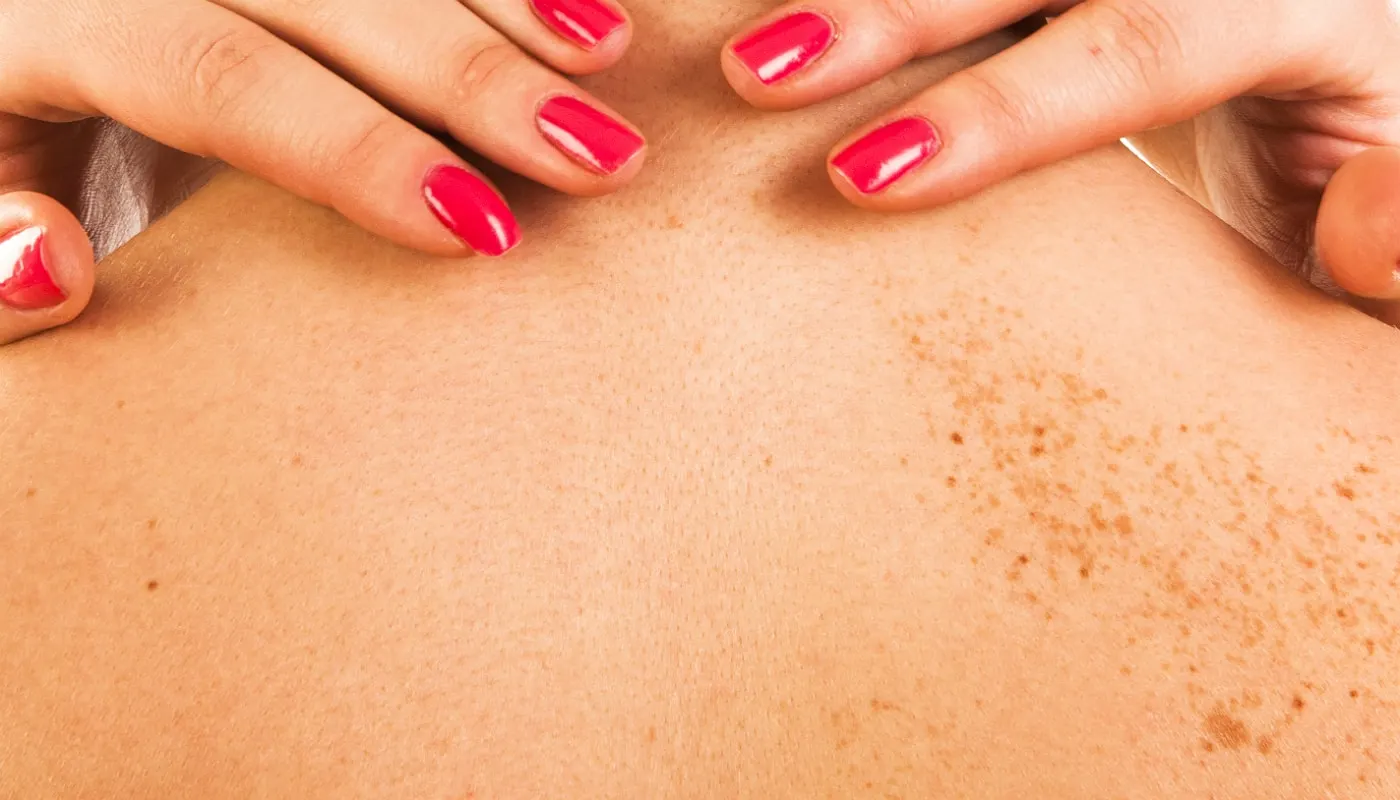
Black or mixed-race people who have diabetes, in general, end up developing some type of dark spot on their skin, in the region around the neck and skin folds. They are caused by oral antidiabetics or hormonal changes, such as hypothyroidism or polycystic ovaries.
Stains caused by lemon
They can appear on the hands or arms, when in contact with lemon followed by sun exposure. These spots are called phytophotomelanosis and can take 2 to 3 days to appear. The ideal is to wash the stained skin very well and put sunscreen on top so that it doesn’t darken any more. The tendency is for this stain to lighten over time, but it can take up to 4 months to do so.
Treatments
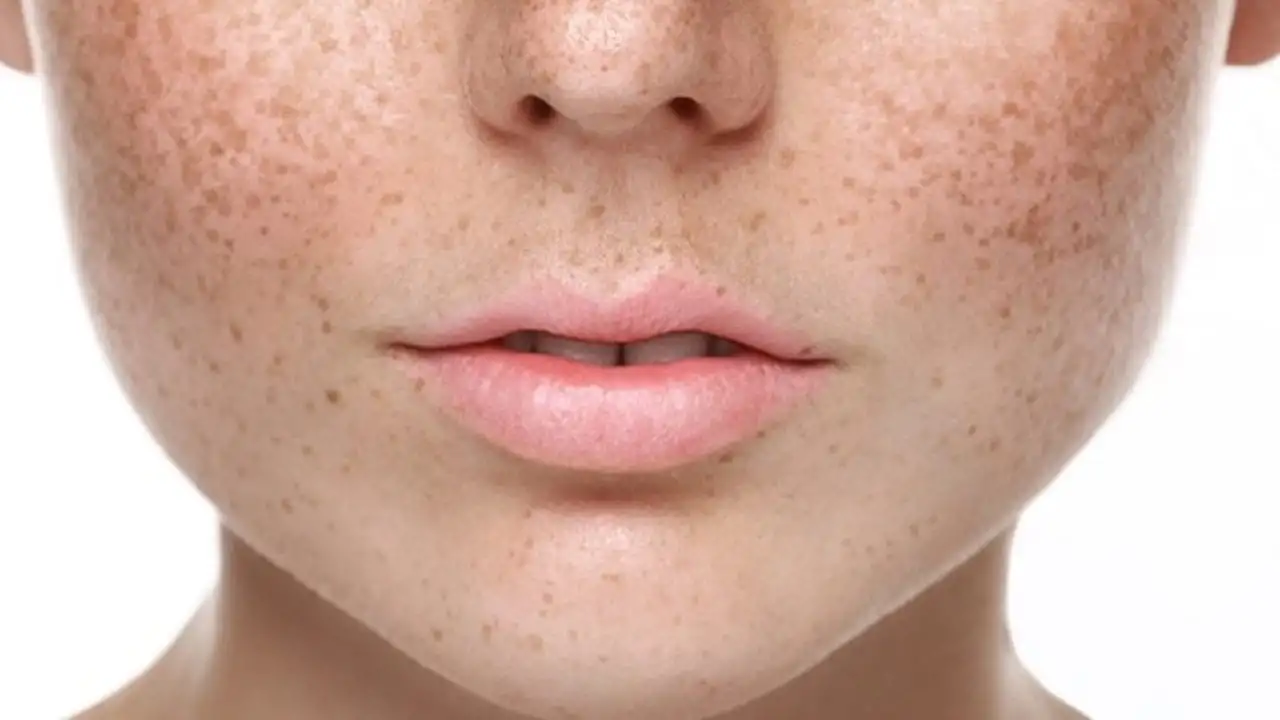
Treating sun spots
Exfoliate your skin twice a week, as this helps to remove light and superficial blemishes. Therefore, laser or intense light is a good option to even out skin tone. It is extremely important that you use sunscreen every day so that existing spots do not get darker and new ones do not appear.
Treating Pregnancy Spots
Applying sunscreen daily with a minimum protection factor of 30. Avoid prolonged exposure to the sun during the hottest times. Use moisturizing creams that contain vitamin C. If this does not resolve itself after the baby is born, you can use treatments such as laser or diamond or acid peeling, for example.
Treating seborrheic keratosis
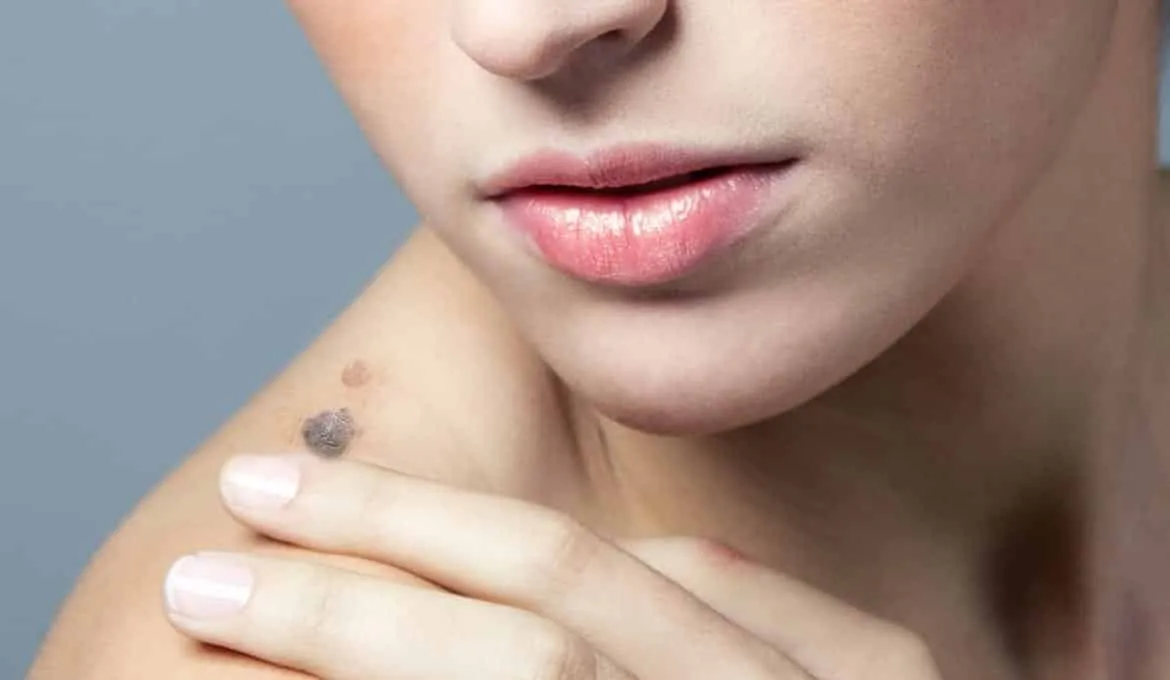
First, be evaluated by a dermatologist to rule out skin cancer, as they can be confused. Normally, it does not require treatment, but minor surgery can be performed to remove the mole.
Treating acne spots
The lighter ones can be reduced with superficial peeling, but the darker ones can only be treated with depigmenting creams, such as rosehip oil. Another option is to do acid peeling, as it removes existing superficial and intermediate layers of the skin, causing new skin to appear without dark spots on the skin.
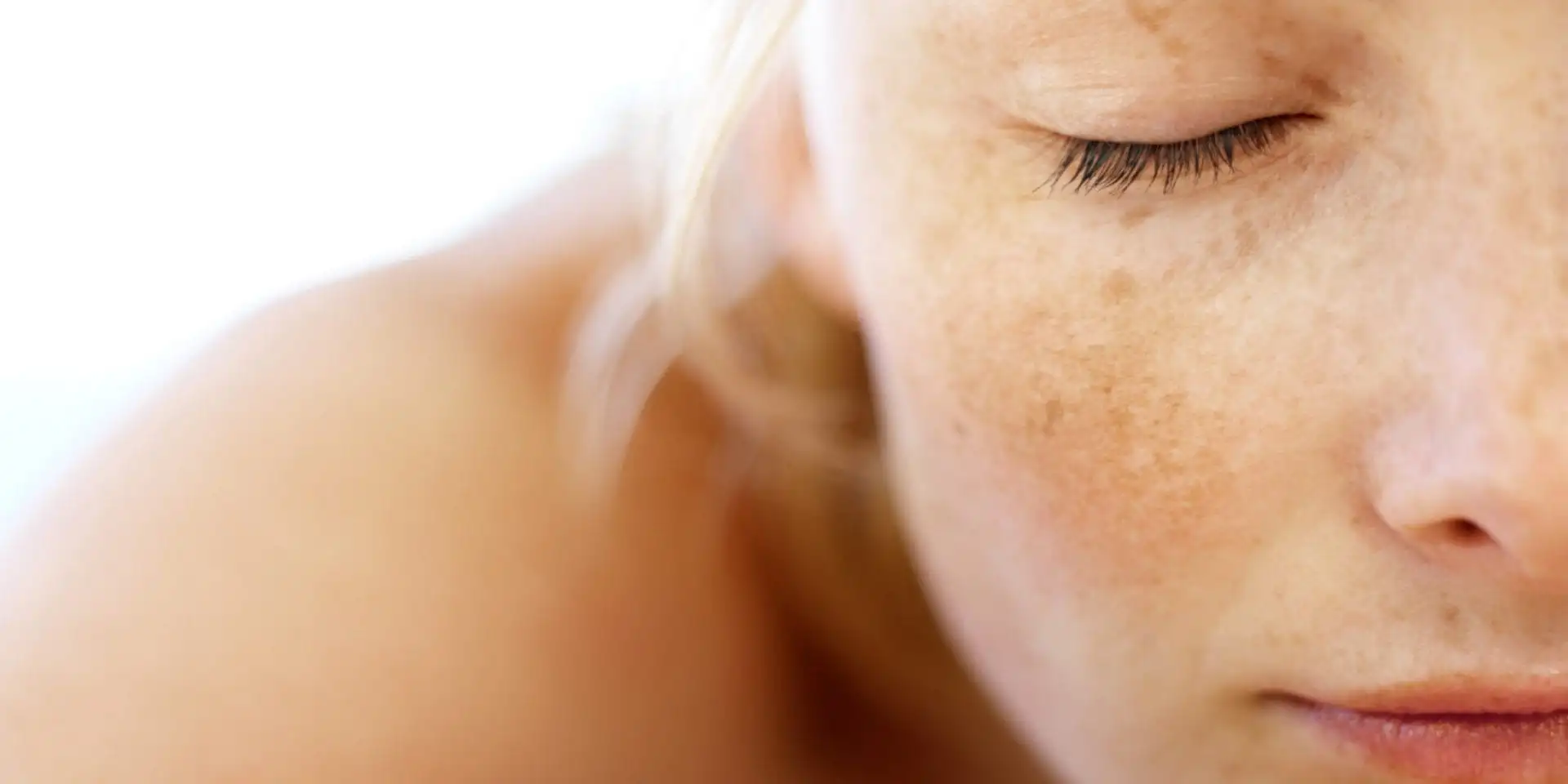
Treating diabetes spots
By exfoliating with liquid soap and sugar once a week, you can lighten your skin. However, losing weight and exercising are extremely important for the treatment to be successful, so type 2 diabetes can be cured and you will no longer need to take antidiabetic medication. Which are mainly responsible for dark spots on the skin.
Treating stains caused by lemon
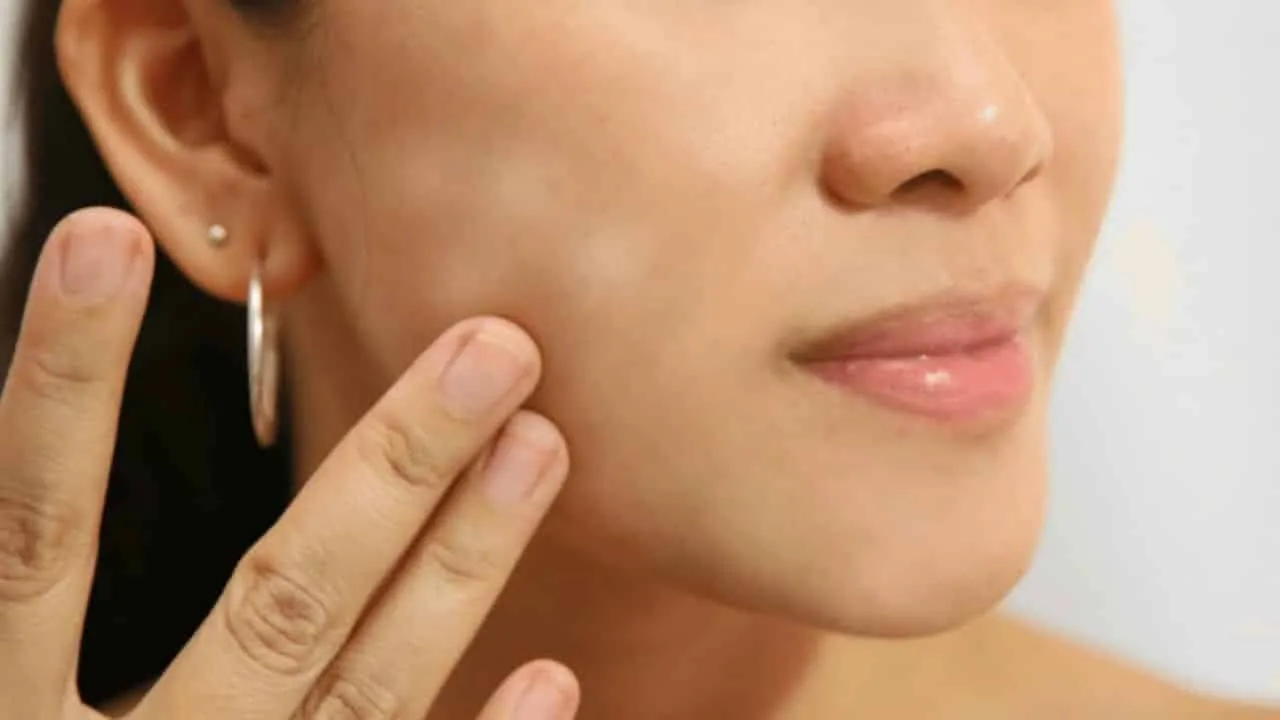
Apply a cream or lotion that lightens and contains vitamin C. These can be purchased at pharmacies and beauty supply stores.
Treating freckles
You can use creams or lotions that lighten and contain hydroquinone, for example. As they have a genetic characteristic, they will not disappear completely. Use homemade cream by mixing a can of Nivea cream, a tube of hypogloss, an ampoule of vitamin A and a bottle of sweet almond oil.
Apply the homemade mask daily prepared with an egg white, a tablespoon of milk of magnesia and a capful of liquid bepantol. Apply to skin for 30 minutes and then wash with water. Apply every other day for a period of 3 to 4 weeks. Also use sunscreen with factor 15 daily.
Recognizing skin cancer
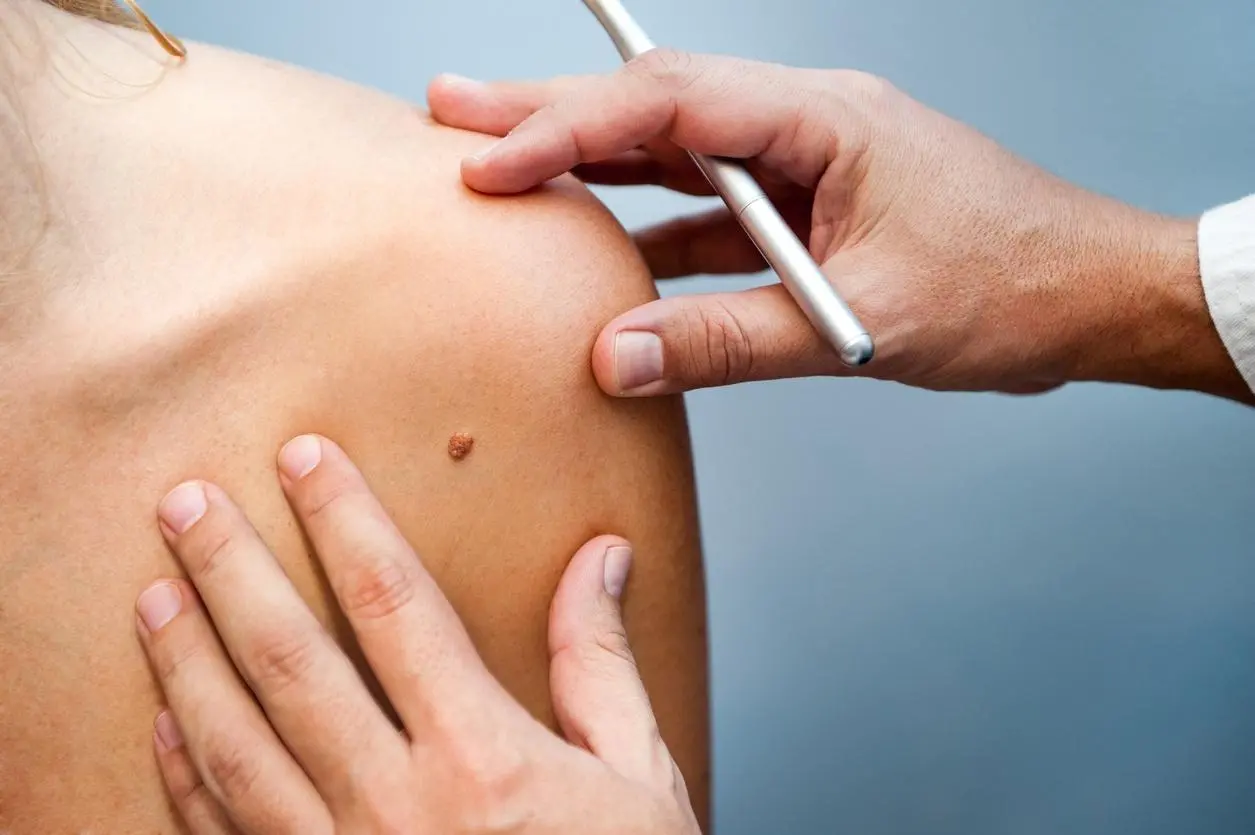
Initially, it appears as a small dark spot that grows over time, of various colors and irregular shape. To know if it is cancer, observe whether the spot is well separated from others and is isolated; if the stain is more than 6 mm and has irregular edges; and whether there is more than one color in the same stain.
To treat, consult a dermatologist as soon as possible to begin appropriate treatment and have a greater chance of cure. All care helps to lighten dark spots on the skin at home. But always under the guidance of a dermatologist.
Furthermore, if the dark spots on the skin do not diminish after a month of treatment, it is advisable to go back to the doctor and have a new evaluation. In short, pay attention to any type of dark spot that appears on the skin that was not present since birth, if it increases or changes shape or changes any characteristic shape, see a dermatologist and start appropriate treatment.
And then? Did you like the article? Enjoy and check out: Salicylic acid – What it is, how to use it and contraindications
Sources: Dermaclub, Tua saúde
Featured Image: Steel Diary

Sign up for our newsletter and stay up to date with exclusive news
that can transform your routine!
Warning: Undefined array key "title" in /home/storelat/public_html/wp-content/plugins/link-whisper-premium/templates/frontend/related-posts.php on line 12
Warning: Undefined array key "title_tag" in /home/storelat/public_html/wp-content/plugins/link-whisper-premium/templates/frontend/related-posts.php on line 13

